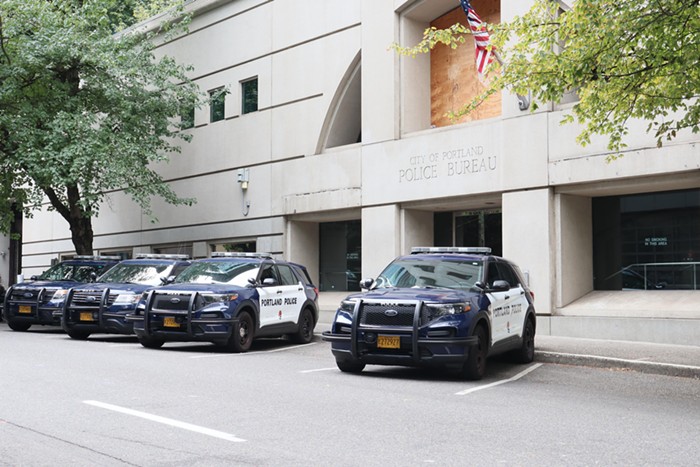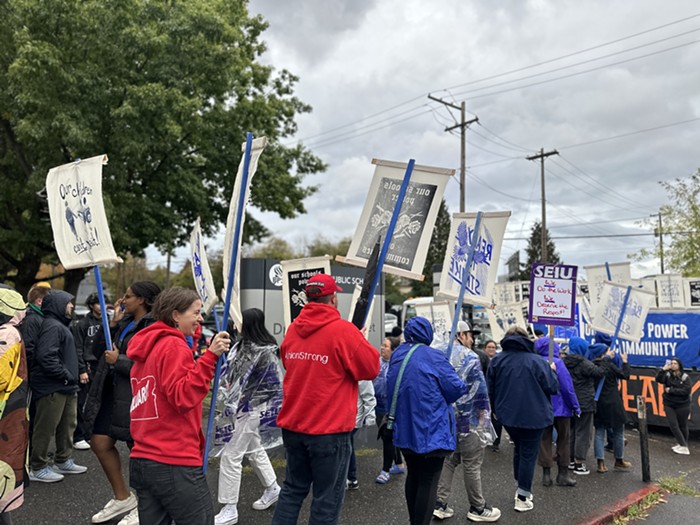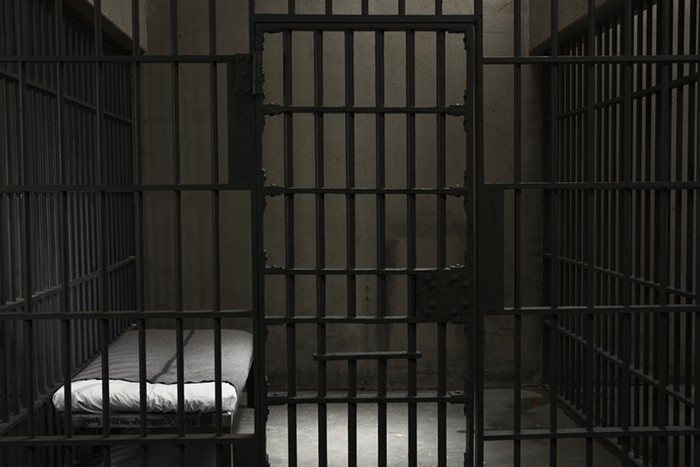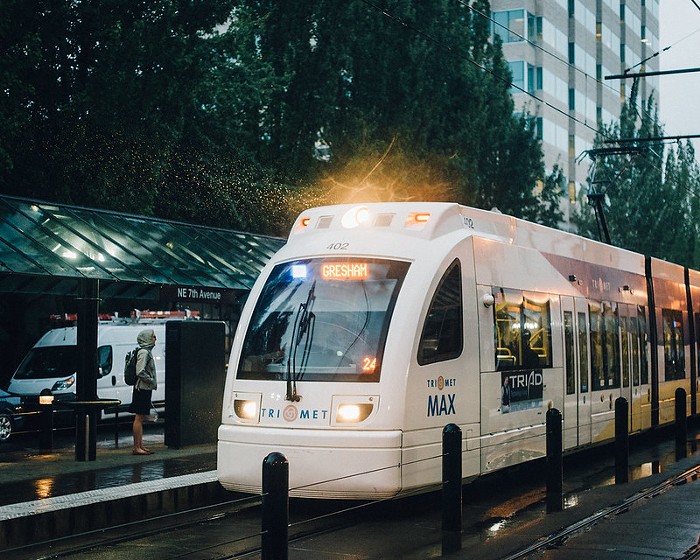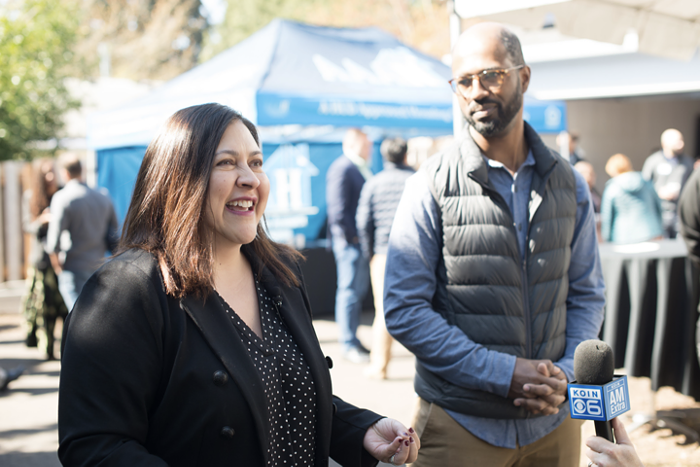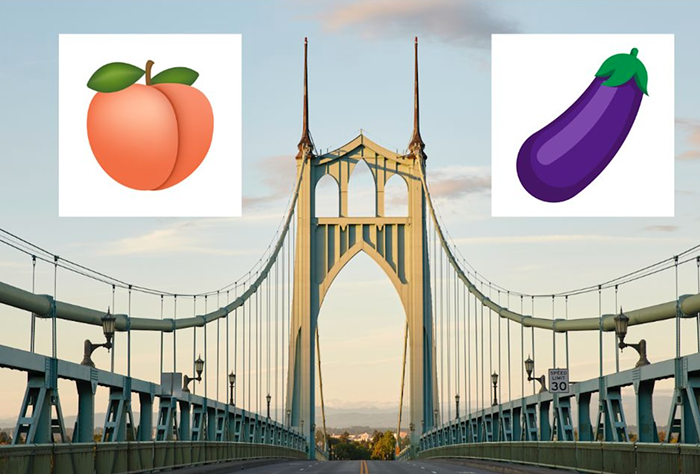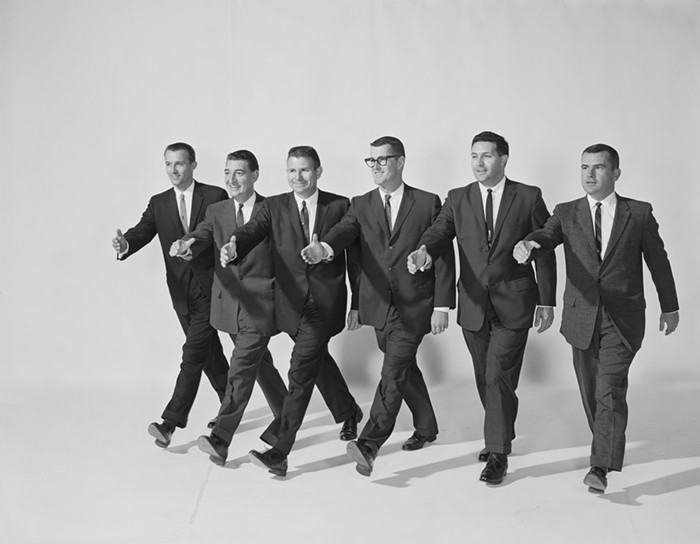LAURA STANGER was biking to work down NE Couch on Wednesday, August 3, when a car made a sudden right turn without signaling. She slammed into the car's side, breaking an elbow. The driver paused, and then took off.
"I realized I have a false sense of security when riding in a bike lane," says Stanger. "It's a shame you can't trust drivers to be on point 100 percent of the time."
A recent uptick in bike crashes has shocked local everyday riders like Stanger: Over the past two weeks in Oregon, three bicyclists died and four were left injured due to crashes involving cars.
What's going on? Let's look at three of the major factors.
RURAL ROAD PROBLEMS
Twenty-five percent of all fatal and injury accidents of pedestrians and bicyclists occur on rural highways, according to a 2010 federal study. Rural roads are often devoid of wide shoulders, sidewalks, and regular lighting and have higher speed limits than urban streets, putting bicyclists at higher risk.
Two of the people killed last week were biking on rural roads, including one who was merging into and pedaling across traffic lanes—a particularly vulnerable time.
Over the weekend, a pick-up truck driver hit three bicyclists from behind on a rural Washington County road just after sunset. The trio was not wearing helmets or using lights, which improve safety.
HIGH-TRAFFIC STREETS
Crashes occur on the same streets over and over, and in Portland, those streets are the city's busiest arteries. In April, the city labeled 82nd Avenue, 122nd Avenue, SW Barbur, and SE Foster as dangerous "High-Crash Corridors." Former NFL quarterback Joey Harrington proved the city's designation correct: A driver hit him while he was biking on SE Foster, sending him to the hospital on July 31.
According to a recent Oregon Health and Science University study, 20 percent of bike crashes in Portland are due to unsafe "environmental factors," like the potholes and debris often found on the city's busiest roads.
The city's strategy to address this is to create bike routes on "greenways" (lower-traffic, lower-speed side streets) rather than on major roads (they've built 30 such miles in the past two years).
MORE BIKES ON THE ROAD
City stats show that the rate of bike crashes goes down as the number of people biking increases—but more bikes means a total of more crashes overall (287 among Portland's 15,794 daily cyclists in 2009). Last year saw zero bike fatalities in Portland, so the Portland Bureau of Transportation's Mark Lear explains the recent spike as being due to more bikes on the streets.
"Bike traffic always doubles between May and September," Lear says. "When you increase bicyclist exposure, you increase the odds of getting hit."


